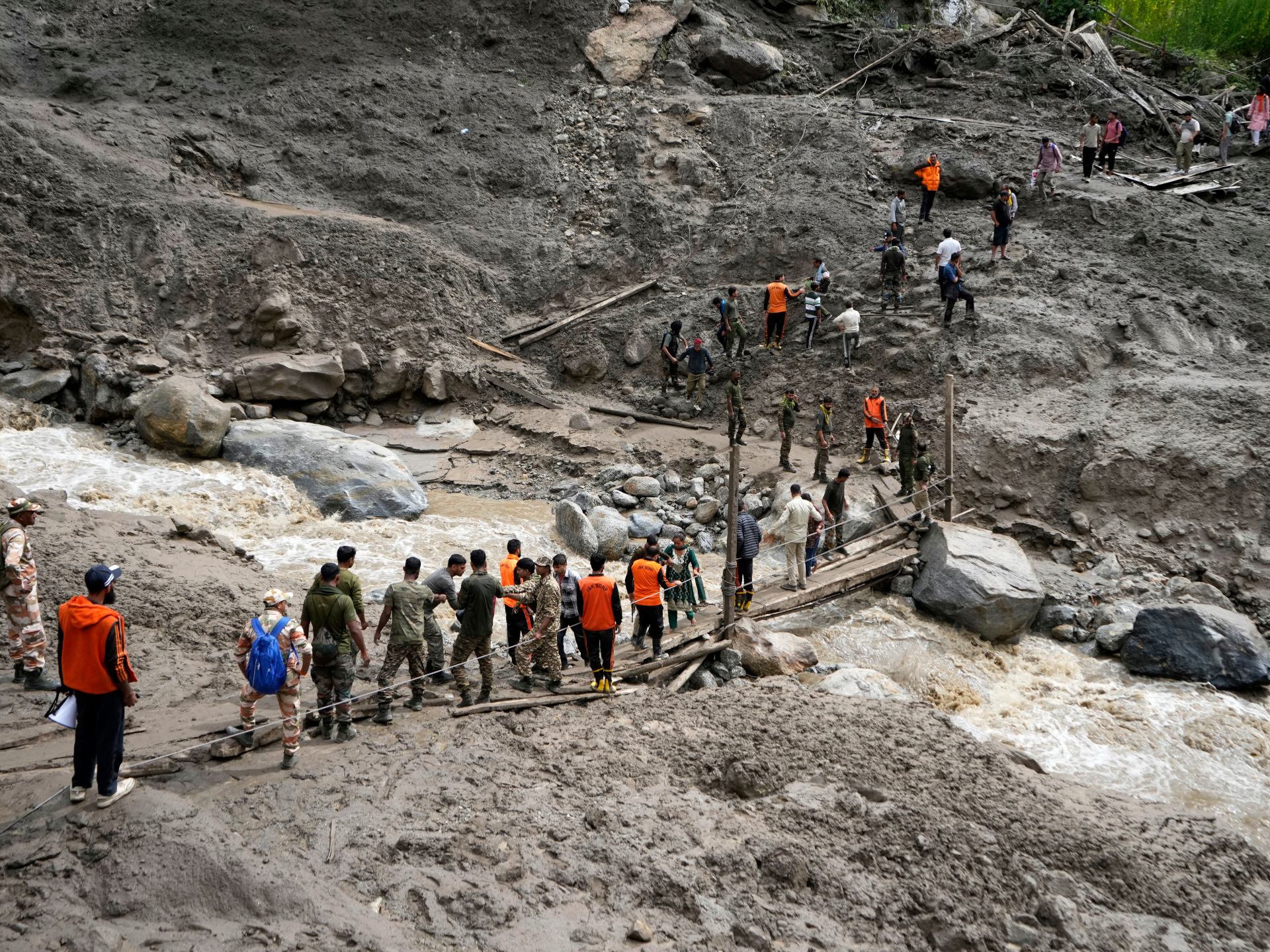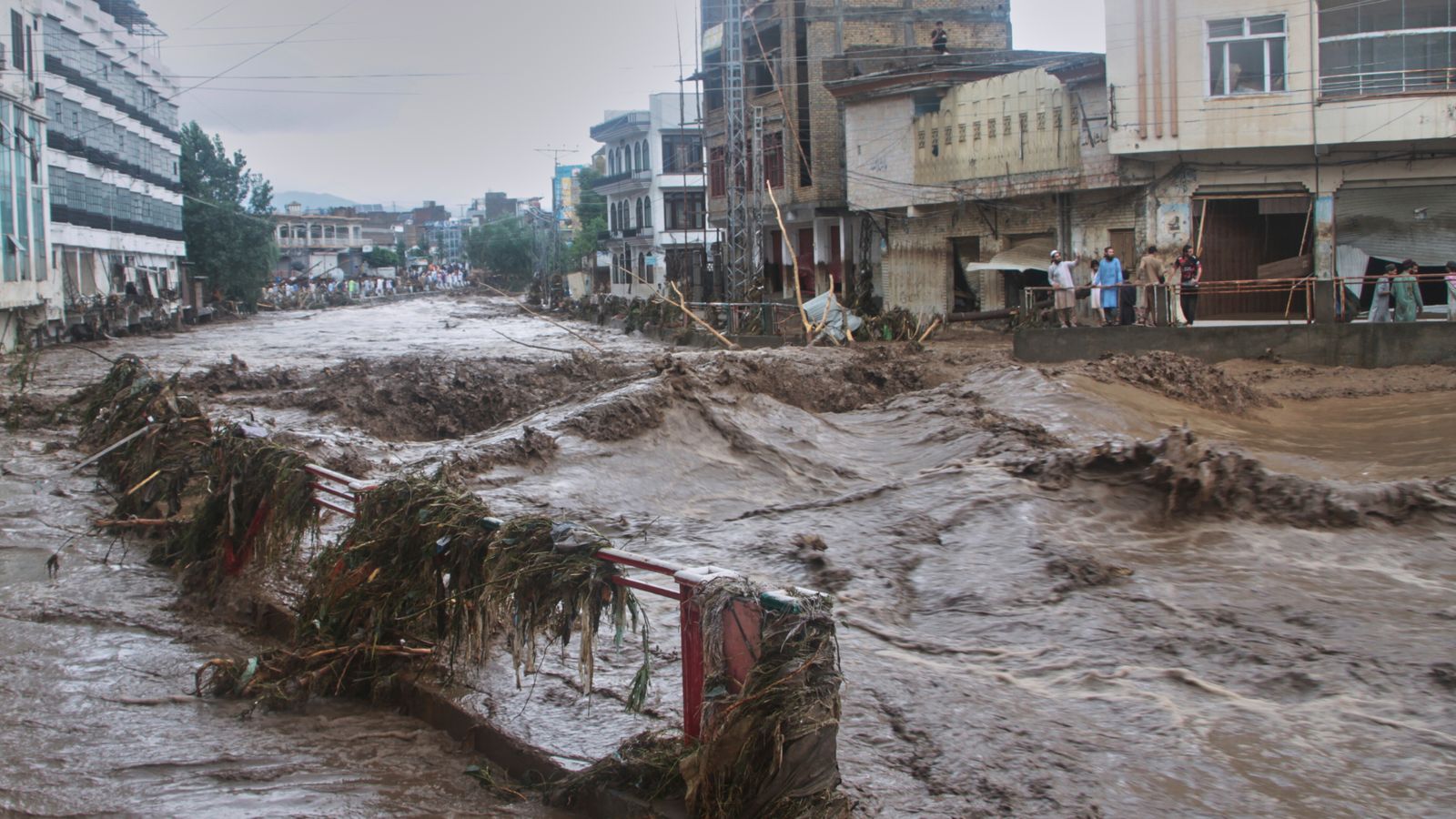A devastating natural disaster has struck the remote Himalayan region of Indian-administered Kashmir, where flash floods triggered by a severe cloudburst have claimed the lives of at least 32 people, with dozens more reported missing. The calamity occurred amid the annual Hindu pilgrimage to the Machail Mata shrine, sending shockwaves through the area and prompting a massive rescue and recovery operation set against the backdrop of fragile mountain landscapes.

The catastrophe unfolded on August 14, 2025, in the village of Chositi in Kashmir’s Kishtwar district, which serves as the last vehicular stop for pilgrims trekking to the shrine at an elevation of 3,000 meters (around 9,500 feet). At the time of the flooding, more than 200 pilgrims were gathered in the community kitchen—a critical facility providing meals to the devotees—when a sudden and intense cloudburst unleashed torrents of rainwater, triggering destructive floods and landslides.
The rapid onset of water and debris overwhelmed the village, sweeping away homes, vehicles, and motorcycles, and leaving a trail of destruction across the foothills. Many villagers and pilgrims were caught off guard by the flash floods, with personal belongings scattered amidst the wreckage. According to local officials and eyewitnesses, the floods claimed numerous lives as people were swept into nearby streams and rivers swollen with mud and debris.
Rescue teams, including local disaster management officials, police, military personnel, and volunteers, immediately mobilized to search for survivors and recover the bodies of the deceased. With the help of shovels, heavy machinery, and makeshift bridges, rescuers combed through the rubble and navigated the treacherous terrain. By Friday, over 300 people had been evacuated from the affected areas, while about 50 injured individuals received medical treatment at local hospitals, many suffering from critical injuries.
Mohammed Irshad, a disaster management official, cautioned that the number of missing persons could rise as efforts continue, pointing to the harsh terrain and lingering risk of further flooding due to weather forecasts predicting additional heavy rainfall. Local authorities also suspended the ongoing pilgrimage, which was initially scheduled to run from July 25 to September 5, prioritizing the safety of remaining devotees and residents.
This disaster is not an isolated incident. It follows another recent flooding event in the Himalayan region that struck Uttarakhand, India, earlier in August, emphasizing the vulnerability of mountainous areas to natural hazards during the monsoon season. Experts attribute the rising frequency and severity of such flash floods and landslides partly to climate change, which exacerbates weather extremes. Additionally, unregulated development and hydroelectric projects in fragile ecosystems like Kishtwar have amplified the scale of destruction.
Indian Prime Minister Narendra Modi expressed deep sorrow over the tragedy and assured families that the government is fully committed to providing relief and support to the victims and affected communities. Units of the National Disaster Response Force (NDRF) and military personnel have been dispatched to bolster rescue and rehabilitation efforts.
While rescue operations continue, the scale of damage highlights the urgent need for enhanced disaster preparedness and sustainable environmental stewardship in the Himalayan region. The floods serve as a stark reminder of the increasing threats posed by changing climatic conditions and the complex interplay of human activity and natural hazards, underscoring the importance of coordinated action to safeguard vulnerable populations in mountainous terrains.
The people of Kashmir and the broader subcontinent remain resilient in the face of this tragedy, united in efforts to rebuild and recover as they navigate the aftershocks of one of the most destructive natural disasters to debut during this monsoon season.
This somber event has captured international attention and calls for empathy, resources, and long-term strategies to mitigate the impacts of such disasters across the region. Authorities continue to monitor weather patterns closely, hoping to prevent further loss of life while providing humanitarian aid to those displaced and harmed by the cataclysmic floods.

